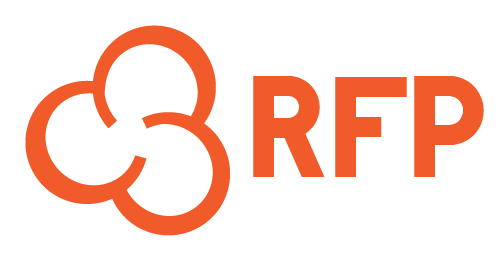Whether you’re a seasoned procurement professional or a total newcomer to enterprise purchasing, the RFx process can be daunting and time consuming. Organizations issue RFPs in order to ensure that they objectively evaluate external products and services, receive the lowest price or best value, or otherwise make purchases that serve essential business purposes and make life easier. Yet too often the RFx process itself becomes a challenging impediment to organizational goals, adding time and complexity. This short primer aims to give you a brief overview of the RFP, some context for why drafting a great RFP matters, and tips for your next purchasing project.
What is an RFP?
A Request for Proposal (RFP) is both a purchasing document and a short-hand description of the organization’s procurement and selection process. Issuing an RFP helps organizations purchase outside services and products including everything from software to athletic apparel, consulting services, catering, and more.
As a document, the RFP outlines the issuing organization’s desired purchase, scope and goals, requirements, and selection criteria. Criteria vary widely depending on the purchase area, but often include price, timeline, vendor reputation, and proposed solution. Vendors are then invited to submit proposals. The issuing organization selects among them and issues the chosen vendor a contract. RFPs also include background information about the purchasing organization and information about relevant existing products and services in order to help the vendor in crafting a relevant proposal.
A Good RFP Matters
Most organizations RFP processes are designed to ensure fairness by guaranteeing that all potential vendors have equal opportunities to sell their products or services. It also helps the issuing organization create a structure, ensure clarity of purpose, and decide on its processes up front before embarking on potentially expansive and expensive projects. A strong RFP increases the likelihood that an organization can access the best product or service for their needs.
Unfortunately, crafting a great RFP can be a major challenge, and this in turn can impede the goal of finding the right vendor. As documents, RFPs tend to be long and painstakingly detailed. Staff tasked with drafting RFPs understandably tend to reach for old templates to help navigate the process. In some cases, templates can help, but they can also end up reflecting out-dated goals or reproducing organizational bias. Navigating the RFP process without templates or other tools to support you can be every bit as daunting.
4 Tips for Your Next Project
Crafting a great RFP is an art. Here are a few tips for your next project:
- Strike a balance between structure and freedom by being specific about your goals, but open-ended enough to leave vendors space to propose innovative and creative solutions.
- Offer the chance for vendors to submit questions prior to the RFP submission deadline. This creates scope for a real dialogue in what is often a rigid process.
- Aim for quality over quantity. Receiving lots of vendor submissions can be exciting, but don’t be afraid to define your goals clearly. Receiving just a handful of submissions that are well-tailored to your needs can ultimately save you time and money.
- Check out purpose-built software such as Popcorn RFP! Instead of relying on templates, or old documents from within your organization, build your next RFP from scratch without reinventing the wheel when it comes to industry-specific language, terminology, or content.







